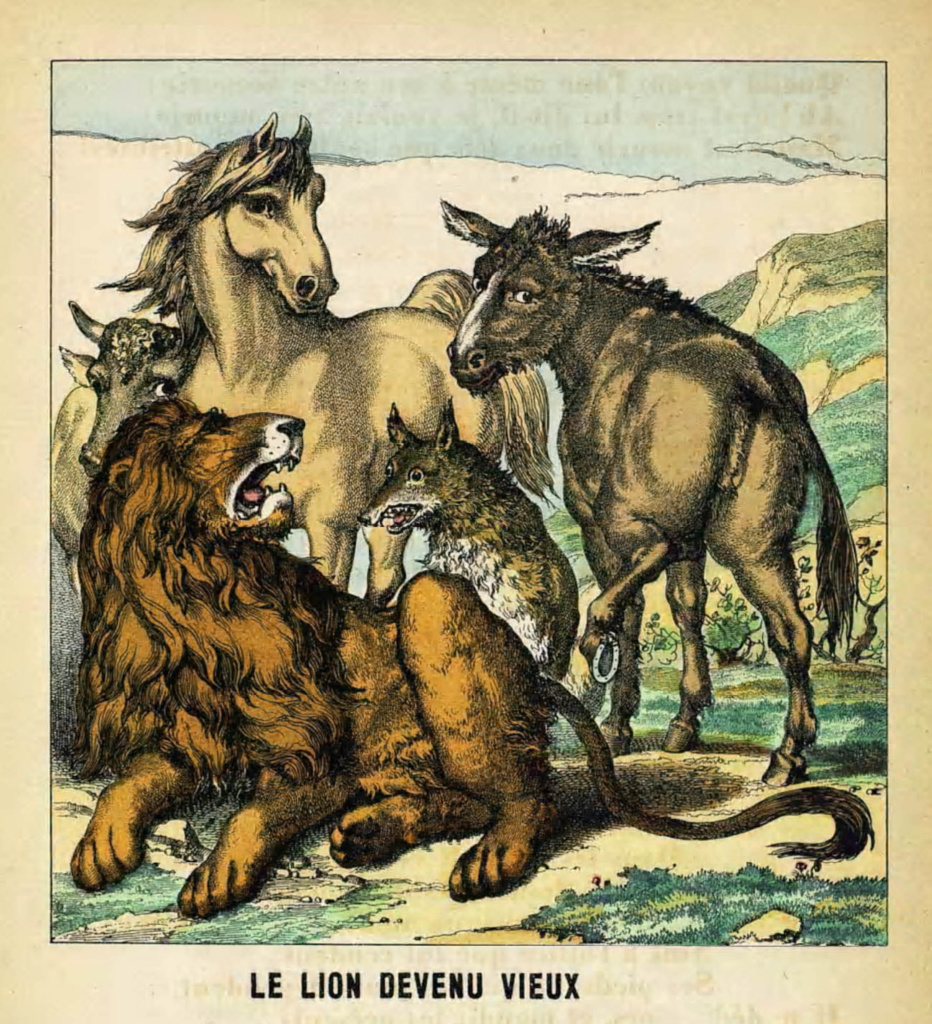
Aesop was an amazing human being whose fables are as true today as they were in his time. Yes, a scary thought, and if you don’t believe it, think about and reflect on some of the morals to his ‘contemporary’ tales:
- Appearances are deceptive.
- Do not attempt too much at once.
- Whatever you do, do it with all your might.
- Necessity is the mother of invention.
- Little by little does the trick.
- You can’t please everybody.
- Look before you leap.
- The gods help those who help themselves.
I started teaching Aesop’s Fables through filmstrips when the filmstrip projector was part of our ‘audio-visual’ program. I showed my class ‘The Ant and the Dove’ and they loved the cartoon characters as well as the fable’s moral, ‘One good turn deserves another’. In this tale, the ant tried to get a drink of water, but fell in the spring and would have drowned if the dove hadn’t dropped a leaf as a lifesaver. One day the ant saw that its newfound friend was about to be trapped by a hunter, and bit him, causing enough distraction for the dove to fly away to safety.
We went frame-by-frame, reading aloud each caption as I asked visual comprehension questions. I created questions to jumpstart thought processes, get children to reflect, think about things, and scan-search their experiences to find connections related to the fable. Follow-up comments and questions expanded student learning.
From filmstrips I went on to handing out fables for students to interpret, making it a reading comprehension exercise, allowing an inquiry—question-and-answer—technique to make-it-real by humanising the story’s events and circumstances. This was also an opportunity to develop my concept of the ‘mind’s magic reading theatre’, where they were asked to visualise fables, mind-picture by mind-picture, using the inner eye to view the story darting across an imaginary TV screen in the mind.
The approach provided frameworks for reading, seeing, understanding and enjoying stories. It was a method for developing creative/critical thinking, as well as analysing/synthesising facts and themes. I added thinking and feeling questions to the reading process: ‘What does the story make you think about? What thoughts and feelings are triggered by the mind-pictures? What reasons are behind the characters’ actions? What is the fable attempting to teach you?
I made the fables into reading comprehension exercises: students learned how to think and to think expansively, to see the whole picture and human story. The resulting ‘Aesop Comprehension Project’ was also about values clarification, emotional intelligence (EI), social-and-emotional learning (SEL), common sense, ‘inner-sights,’ compassion, empathy, self- and other-realisation, self-motivation, and self-education. I wanted elementary/middle school (KS1–3) children to bring the world to themselves by mindful inquiry, answering questions, and in turn, learn how to ask their own questions about what it meant to be human, what gave meaning and direction to their lives—and to find answers. I stirred up thoughts, feelings, and experiences to demonstrate the debate about life’s negatives and positives, while cross-fertilising and validating their knowledge with classmates, to connect and see what’s happening inside and outside.